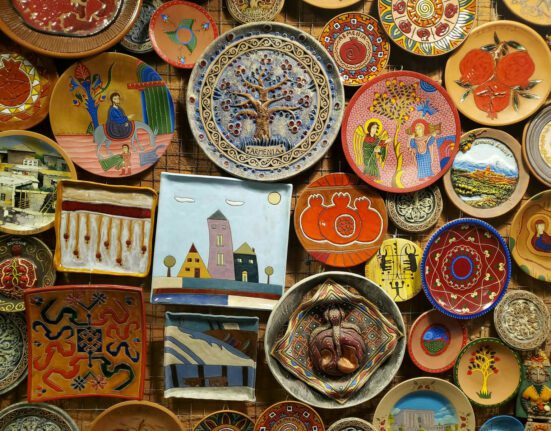Bruges, or Brugge as it is known in Dutch, is a medieval city in Belgium that looks straight out of a storybook. Loppem Castle’s gardens and the daffodils at Begijnhof are at their most breathtaking in the spring, when tourists flock to the city. The city’s Gothic and Baroque structures are impressive sights for anyone who appreciates architecture.
Bruges, or Brugge as it is known in Dutch, is a medieval city in Belgium that looks straight out of a storybook. It may be difficult to put away your camera and take in the beauty of the cobbled lanes and canals that connect the market squares. Even by European standards, the city’s Gothic and Baroque structures are impressive sights for anyone who appreciates architecture. The city’s only real drawback is that it attracts many tourists every summer.
You shouldn’t be discouraged by the number of people, especially since the worst of the congestion can be avoided with a little forethought (by, say, going during the week). Loppem Castle’s gardens and the daffodils at Begijnhof are at their most breathtaking in the spring when tourists flock to the city. Besides looking beautiful after a snowfall, the city is virtually empty in the winter, with the exception of the holiday season.

As the “Venice of the North,” Bruges is a must-see for any traveler to Belgium. Once the most important commercial hub in all of northwestern Europe, it is steeped in history. Here, we’ll detail some of Bruges’s many attractions and activities. Strolling the city is fun even if you don’t have any particular plans. It’s like being transported to the Middle Ages! The city’s historic core is a UNESCO World Heritage site, which is why it has been preserved in such pristine condition. When you set foot on Bruges’s cobblestone streets, you’ll understand why it’s considered one of Europe’s most romantic cities.
12 Must-Do And The Best Things To Do In Bruges, Belgium
1.Try Out Some Waffles
If I’m being completely honest, one of the most enjoyable things you can do on any trip to Belgium is to try various regional specialties available. When you think of Belgian cuisine, waffles are probably one of the first things that come to mind. However, a fact about Belgium that you may not know is that there are several different types of waffles.
The Brussels waffle, which is famous for being rectangular with cutouts, is the waffle most likely to be offered at any tourist attraction you visit in Belgium. This type of waffle is the most prevalent. After that, the waffle is typically finished with some sweet addition, like whipped cream or melted chocolate.

The other extremely popular Belgian waffle type is called a Liège waffle. These waffles have a shape that is less symmetrical and are filled with large chunks of sugar. When trying a waffle in Bruges, Chez Albert and Fred’s are two of the shops that come highly recommended by previous customers. It is possible to sign up for a waffle workshop in Belgium if you are interested in delving further into the culture of waffles in that country.
2.Take A Trip Through The Canals On A Boat Tour.
Taking to the water is, without a doubt, one of the best ways to get a feel for the water in Bruges, and it’s also one of the best ways to explore the city’s network of waterways. Taking a guided boat tour through the waterways of Bruges is, without a doubt, one of the most popular things to do in this city. A great number of tour companies in Bruges provide these tours, and they allow visitors to kick back, relax, and learn about the city’s history while taking in the sights.
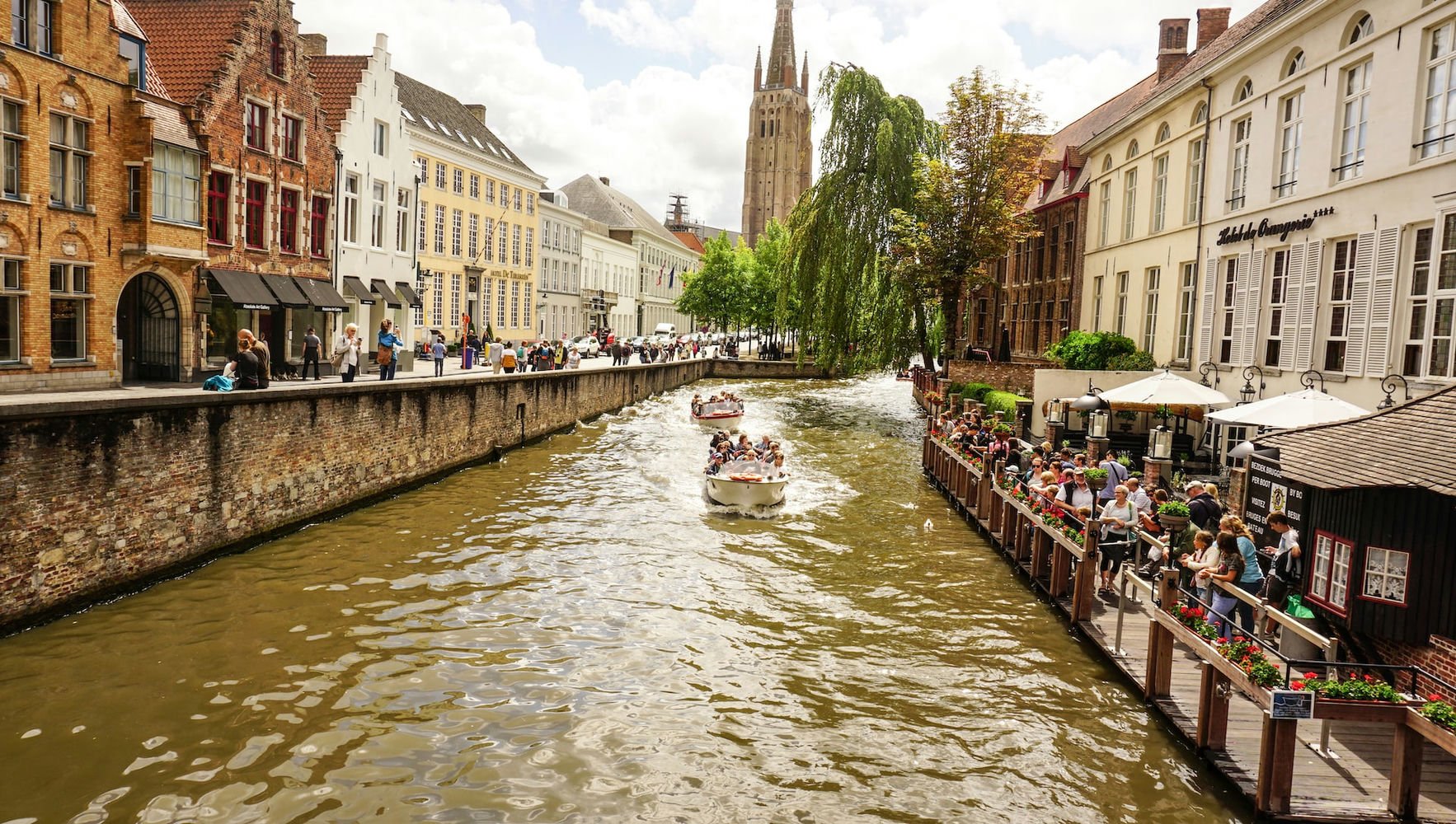
There are five different landing stages from which the various tours depart, and the tours last for approximately thirty minutes each. During this time, a captain will lead you through the famous canals of Bruges, originally built to serve as shipping lanes for the city. These canals are well-known throughout the world.
3.De Halve Maan Brewery
Taking a beer tour is one of the most popular things to do in Bruges that has to do with Belgian cuisine. Of course, Belgium is well-known for its beers, so beer tours are one of the most popular things to do in Bruges. The De Halve Maan Brewery, which also operates as a café and bar, is the best location in the city to engage in this activity. They serve regional cuisine as well as beer that is brewed on the premises.
The tour takes guests on a brewery tour and educates them on the process of making beer and the history of beer production in Belgium. Complimentary beer is included with the purchase of every tour ticket. In addition, there is a souvenir shop where you can purchase beer to take back when you leave.
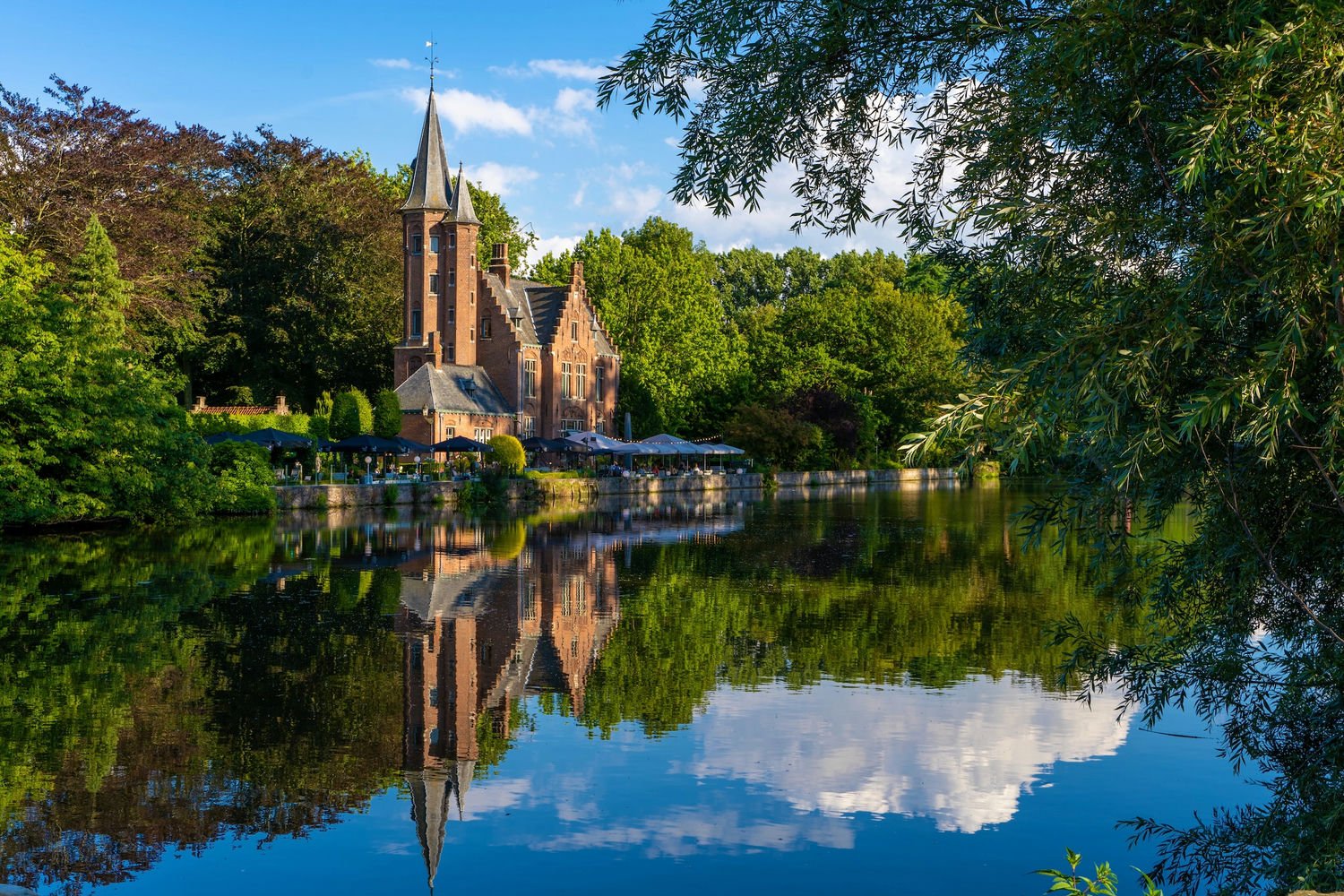
5.Take In The Breathtaking Scenery From The Quay Of The Rosary
If you want to see the “classic view” of Bruges, you should go to the Quay of the Rosary, which in Flemish is referred to as the Rozenhoedkaai. In English, the Quay of the Rosary is also known as the Rozenhoedkaai. The vantage point, situated at the precise intersection of the Dijver and Groenerei canals, allows visitors to take in view traditional brick structures surrounded by weeping willow trees.
If you happen to be in Bruges in the evening, this is also one of the best ways to see the city lights sparkling in the reflection of the canal water, so if that’s something that interests you, do consider making use of it. Tanners Square and the Fish Market, which are still operational a few days a week, can be found not far away.
6.Ice Sculpture Festival
Winter in Bruges is a beautiful time to visit the city because the snow blankets the rooftops of the buildings, the canals are frozen over, and the narrow streets are lit up with old lanterns. The annual Ice Sculpture Festival contributes to the atmosphere of a fairy tale by hosting a massive exhibition of breathtaking ice sculptures that are illuminated with a light that is bluish-pink and soft. It is a nirvana for children, who can run around wide-eyed and shocked by the fantasy and magic emanating from the translucent sculptures. Children will find this place to be a paradise. Bring your children here if you are looking for a way to keep them occupied.
7.Windmill Walk
If you have the good fortune to be in Bruges on a day when it is not raining, you should go for a lovely stroll among the city’s windmills that are still standing. On Bruges’s original city wall, there are still four old windmills that stand alongside the old moat and medieval city gates. These windmills have a romantic appearance. You’ve found the ideal location for a picnic during the warm summer. While one of the mills, the Sint Janshuysmill, was constructed in the 1770s and continues to grind grain today, the other two mills each house a small museum inside. However, it is the walk that guests will enjoy the most because it is peaceful, surrounded by greenery, and provides a view of both the historic city center on one side and the grand canal with its quaint houseboats on the other.
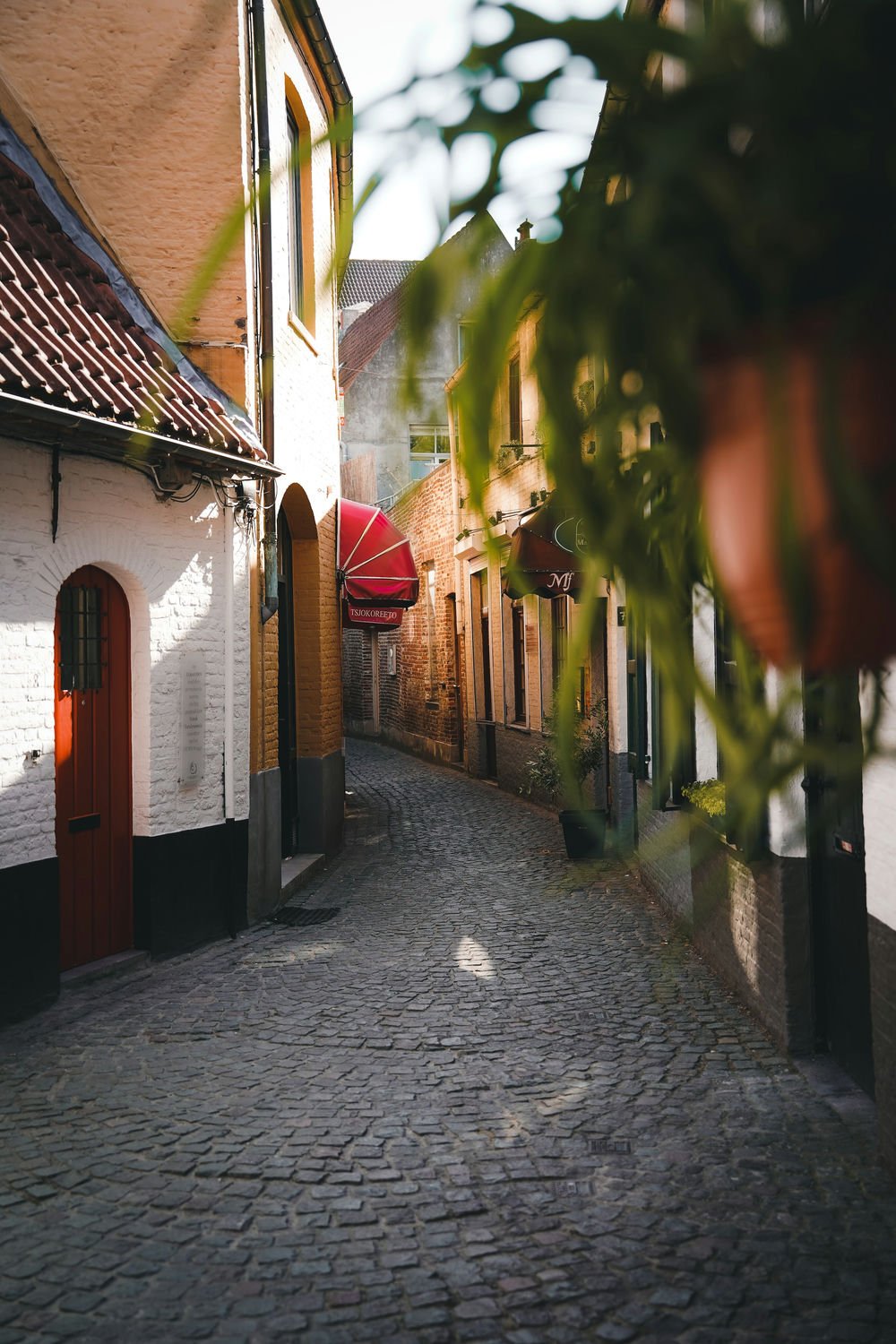
8.The Hospital Of Saint John The Baptist
The Hospital Museum of Saint John the Baptist was established in 1188 to care for pilgrims and other travelers who sought spiritual solace and medical treatment at the end of their lives. From the 9th to the 19th century, when a real hospital was finally built, it was run by nuns and monks.
Thankfully, the original one is still accessible to the public and features works by some of the greatest Flemish artists. The little chairs and the audio tour are both at no cost. Relax and take in the painting of the first hospital, which will give you a sense of what the public health system was like back then.
9.Museum Of Gruuthuse
Formerly the home of the Gruuthuse family, one of the wealthiest in Bruges, the Gruuthuse Museum (Gruuthusemuseum) now houses a collection of art and artifacts from the Gruuthuse family’s extensive collection. Many of the Gruuthuse family’s cherished possessions, dating back to their dominance of the beer brewing industry in the 13th century, are still displayed in the mansion. The front desk offers free audio guides in multiple languages for guests.
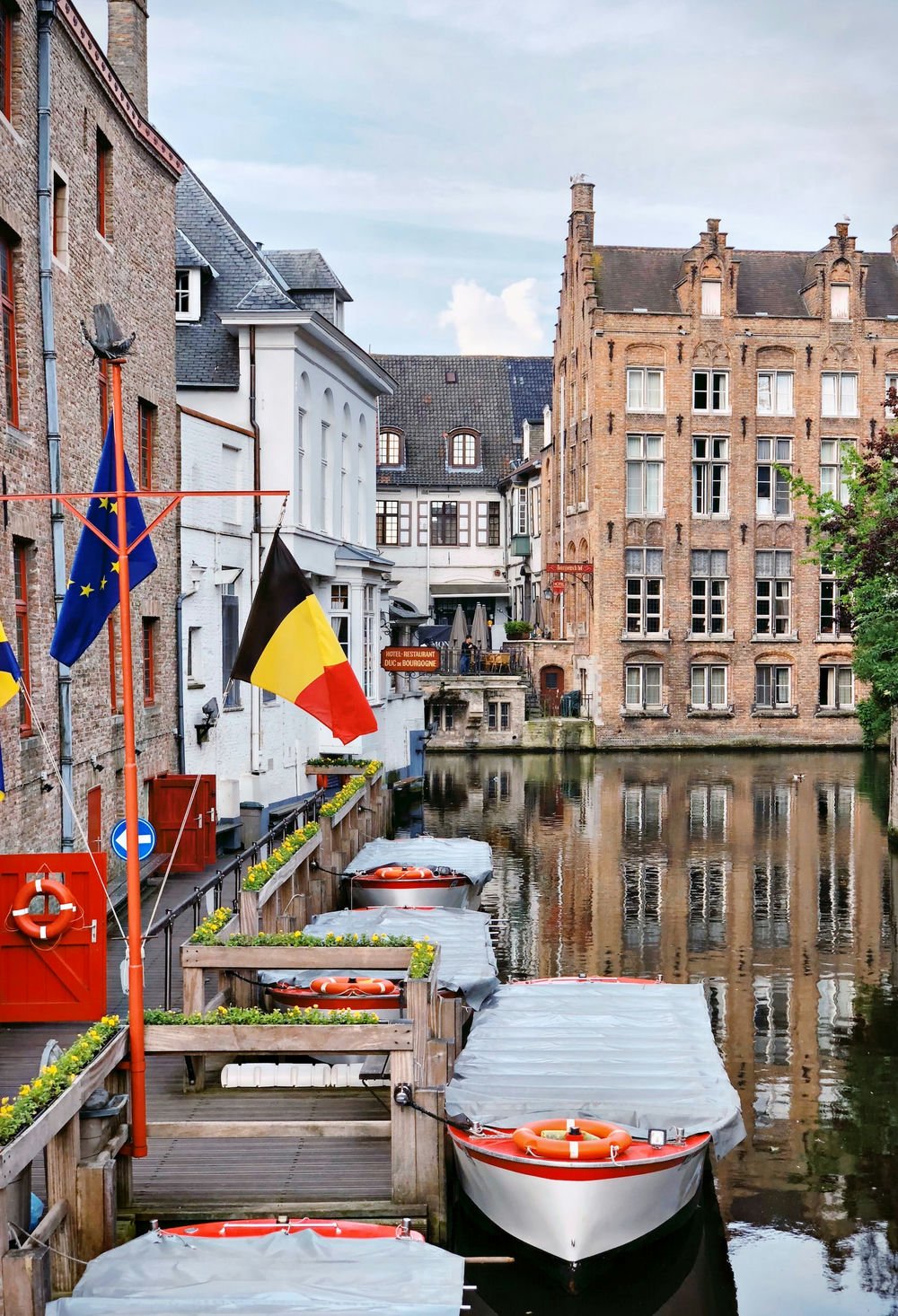
Small folding chairs are available so you can take your time in front of the altar’s three-part oil painting. Keep an ear out for the harpist in the plaza as you explore the outside. Belfry of Bruges and the medieval Gruuthusemuseum are both reachable on foot in just 5 minutes.
10.Observe The Height Of The Belfort.
The Tolkien-like Belfort building in Bruges is 83 meters tall and stands out in the city. The structure is most stunning when viewed from a distance and is sure to appear in many of the photographs you take during your time in Bruges. Climbing the exhausting (and slightly claustrophobic) stairway to the top of the tower is the most worthwhile thing that can be done while inside the building. You’ll have some incredible views of the city when you get there. Because there is space for only 70 people at the summit at any given time, lines may form during peak tourist seasons and other busy periods. Keep an eye out for the board that is located at the entrance to the tower. It will tell you when you can hear the 47 bells in the building.
11.Consume Chocolate While Quaffing Beer
Even though this observation applies to any location in Belgium, Bruges is truly a showcase city for beer and chocolate, two of Belgium’s most popular delicacies. Sukerbuyc is a chocolatier and cafe that a family runs, and it is widely regarded as one of the finest places in the city/country/world to sample some of the finest chocolate. If you place an order for a hot beverage, you can anticipate that it will come accompanied by some of the exquisite chocolate crafted at the cafe. The De Halve Maan is the only brewery in the city still in operation. It is open daily and is a fantastic location to sample some of the city’s finest beer.
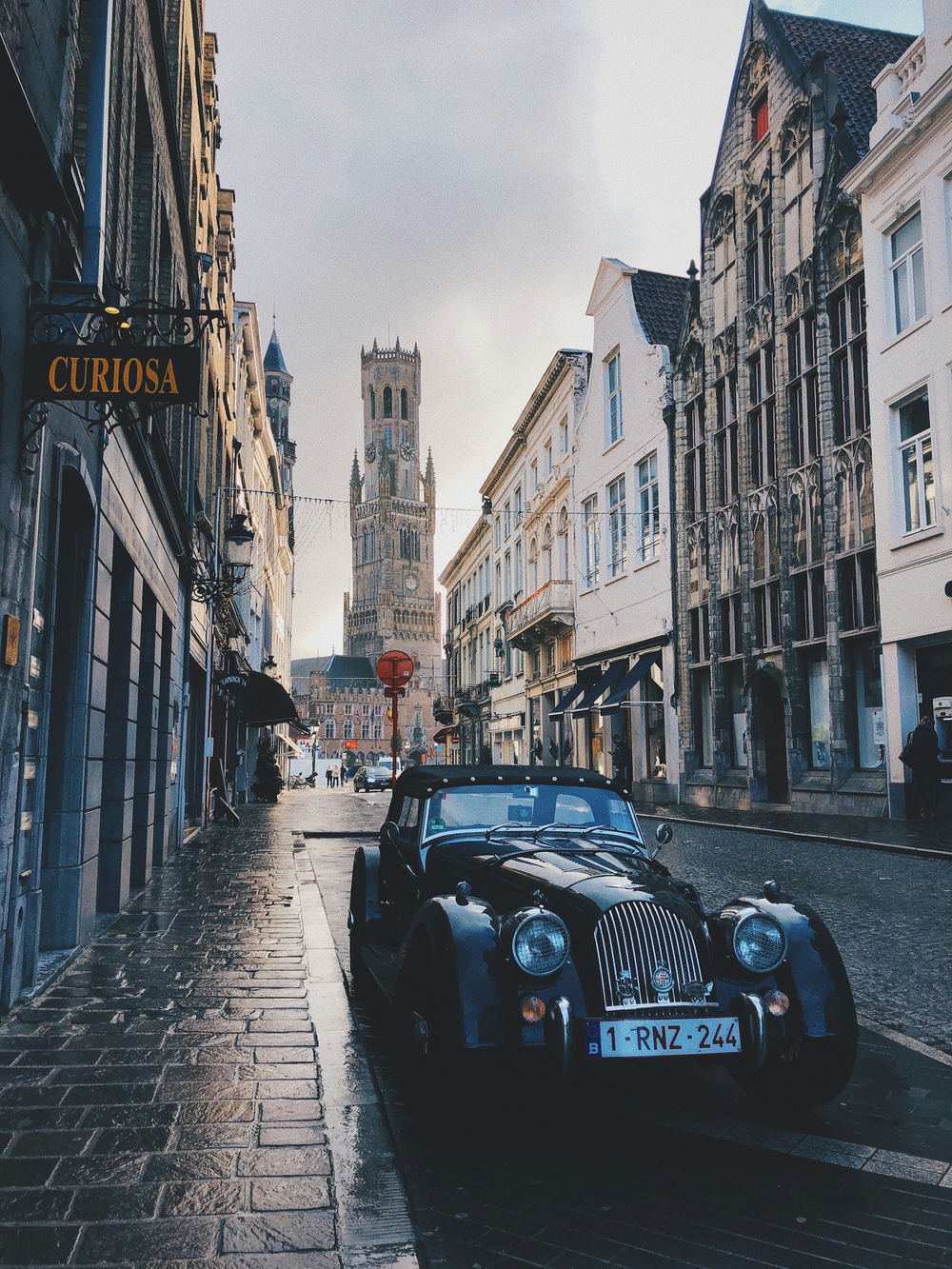
12.Visit The Kasteel Van Loppem On Your Next Vacation.
Discovering the area outside Bruges at Kasteel Van Loppem, also known as Castle Loppem in English, is an excellent way to spend the day. The structure, which can be found on the city’s outskirts, resembles a mansion more closely than a castle. It was constructed in the 19th century and served as the official residence of the King of Belgium for a brief period following the conclusion of the First World War. During this period, it also served as a command center for the army of Belgium. The park that encompasses the castle is absolutely beautiful and contains a maze as well as ponds.
History of Bruges, Belgium
The city has been a major tourist destination since Roman times when it was known as Bures Latrun (Latin for “Black Bridge”). The name was changed from Bures Latrun to Bruges during the Middle Ages. The city’s name comes from a legend saying Saint Gudula (or Gaudentia), an early Christian martyr, was buried here. Her remains were discovered in 1572 and were moved to Saint Bavo Cathedral in Brussels; they are now on display there.
Bruges’ history begins with its foundation by King Chlodomer I of Austrasia as a Roman fortress in the 3rd century AD. The Franks later conquered it and made it their capital around 500 AD until 732, when the Islamic Caliphate captured the city. From the 11th century onwards, it became a flourishing city, home to its university, wise women, and many poets, including one of the most influential writers in Europe’s history – Dante Alighieri. The city was also home to two other great Renaissance men: Desiderius Erasmus and astronomer Galileo Galilei. They moved there in 1608 on pilgrimage after he read an open letter that Christopher Columbus had written to King Ferdinand I asking for permission to continue his search for the new world. The city of Bruges is also home to several great medieval houses and cathedrals, including the 14th century St Bavo Cathedral, which has been extended many times since it was built in the 12th century. It is also home to the oldest working windmill in Europe – a six-windmill building that dates back to around 1130.
How Do I Get To Bruges, And Where Is It Exactly?
You can find Bruges in Flanders, the northern Belgium region. One of the closest beaches to Bruges is Blankenberge, only 15 kilometers away. Ghent is 50 kilometers away, and Brussels is 98 kilometers away. You can use Brussels Airport or Ostend-Bruges International Airport to get to Bruges via plane. Take the train from Brussels Airport, and you’ll be in Bruges in just over an hour and a half. When arriving at Ostend-Bruges International Airport, you can take a bus to Ostend and then a train to Bruges. You can use the map below to locate Bruges and find your way to the various attractions we discuss in this piece.
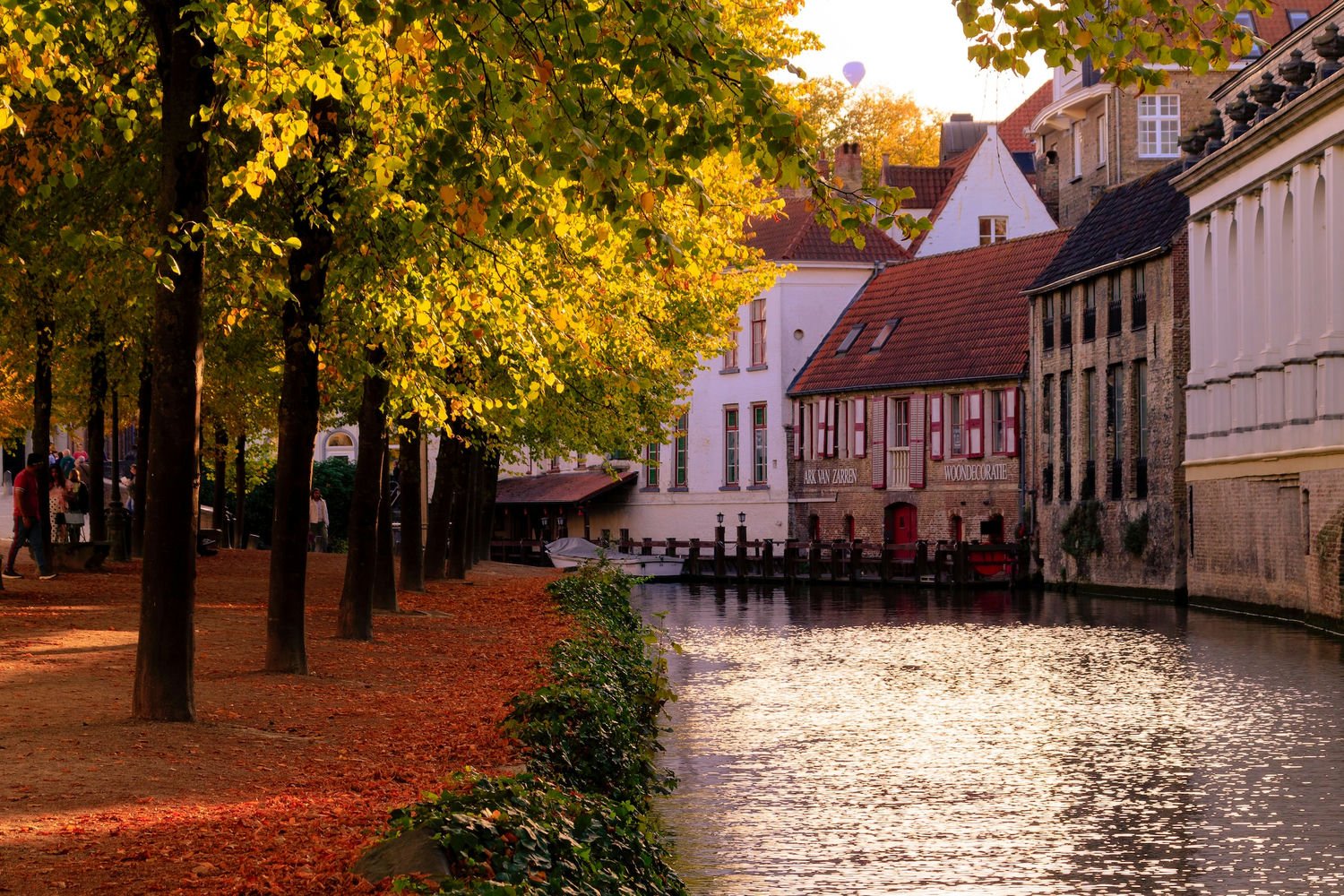
Which Of These Best Describes The Reputation Of Bruges?
Beautiful buildings, an abundance of canals, and a UNESCO World Heritage Site designation are undoubtedly the city’s greatest claims to fame. Lace is another popular export traditionally made in the city by nuns.
In addition to the many lace stores now found throughout Brugge, the city also features a Lace Centre, where curious tourists can gain insight into the region’s long and illustrious history of lacemaking. Bruges’ numerous canals and waterways have earned it the moniker “Venice of the North.”
The city’s very name, “Bruges,” is derived from the Viking word for “wharf,” attesting to Brugge’s longstanding role as a vital trading post in Europe. Around the year 1000, the city reached its peak prosperity when it became Europe’s largest textile market.
How Long Will You Be Staying In Bruges?
Despite the widespread belief to the contrary, Bruges is quite compact, and the city’s top attractions can all be seen in a single day. Staying in Bruges for at least two or three days will allow you to fully experience the city, from beer tastings to museum tours.
Conclusion:
One of Europe’s most charming cities is Bruges. It is simple to see from Brussels as a day excursion, but it is also ideal for a romantic weekend at any time of the year. It includes superb food, lovely hotels, and charming canals.
Frequently Asked Questions:
Is Bruges worth visiting?
Bruges is absolutely worth adding to your Belgium itinerary for many reasons. From its sheer beauty to its history to its opportunities for people watching, beer indulging, and museum seeing, Bruges is great place to stopHow many days do you need in Bruges?
Many people think that all of Bruges’ attractions can be seen in a single day trip, but ideally, you will need two days to explore it all. With a couple of days in Bruges, you will be able to experience all that the city has to offer!What is better to visit Brussels or Bruges?
Bruges is certainly more picturesque, with its beautiful ‘venice-esque’ canals and antiquated feel whereas Brussels is a much larger, cosmopolitan city with a greater number of attractions for all tastes.
Your Next Adventure Starts Here – Don’t Miss Out!
Everything you need to book, plan, and live your dream trip—right at your fingertips. The best deals and experiences sell out fast, so start exploring now before they’re gone.
Score unbeatable airfare deals with Skyscanner and Expedia. Compare flights worldwide, find hidden discounts, and book in minutes. Lock in your ticket now before prices jump.
Find the perfect place to stay anywhere in the world. Compare prices, read reviews, and book instantly for peace of mind on your travels.
Protect yourself while traveling with comprehensive insurance options. Quick setup, global coverage, and peace of mind wherever you go.
Discover tours, activities, and unforgettable experiences. Book easily online and explore at your own pace.
Get your Revolut card to manage your finances effortlessly while traveling. Instant digital setup, low fees, and worldwide acceptance make spending safe and simple.
Stay connected anywhere with global eSIMs from Airalo. Easy setup and affordable data plans for travelers.
Book local experiences and deals effortlessly with Saily. Save money while discovering unique activities.
Claim compensation for delayed or canceled flights with AirHelp. Quick and hassle-free process for travelers.
Love our content? Support our team in content creation via Buy Me a Coffee. Every contribution helps us deliver better guides, tips, and travel inspiration.



